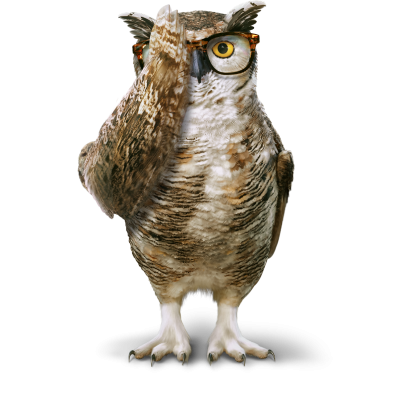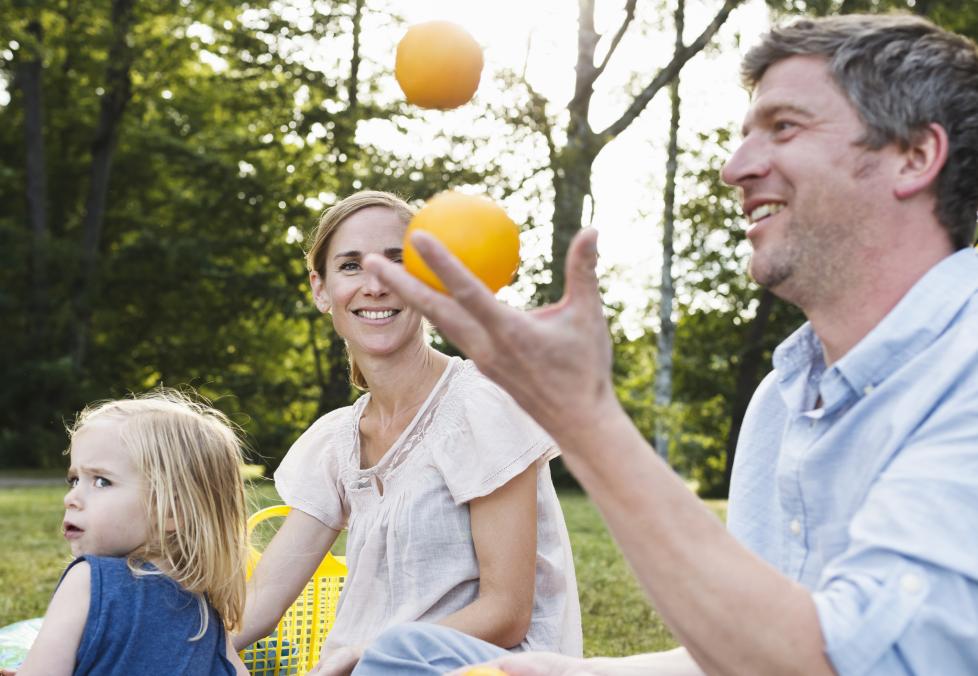
Two pairs and a free, quality eye exam for just $79.95
Everything you need to know to take care of your eyes — for life.
Athletes aren’t the only ones who need to think about hand-eye coordination.

To better understand hand-eye coordination, imagine this conversation between three brothers named Eyes, Brain, and Hands.
Eyes: “Hey, there, Brain. I’m looking at a ball. Seems like a fast one. Check it out.”
Brain: “Whoa! You’re right. Hands, better get ready.”
Hands: “Thanks for the heads-up. I’m on it!”
When all systems are functioning optimally, your eyes, brain, and hands are like a well-trained trio of MVPs. Eyes talk to brain. Brain talks to hands. Hands react accordingly and save the day.
That's hand-eye coordination in a nutshell. It’s the ability to smoothly and effortlessly perform tasks that require the simultaneous use of both your hands and eyes.
“Good vision is extremely vital to your hand-eye coordination. That’s why they call it that!” says Deanna Paul Blanc, O.D., an optometrist with Nashville Regional Eye Care, located inside an America’s Best Contacts & Eyeglasses.

Two pairs and a free, quality eye exam for just $79.95
We tend to associate hand-eye coordination with athletic activities. But the truth is, a lot of routine tasks rely on our trio of internal MVPs: A mom quickly rescues her toddler teetering at the top of the stairs. A waiter grabs a falling wineglass before it shatters at the feet of his best customer. An older adult catches herself after losing her balance.
Athletes spend hours working on their coordination skills. Some even seek out the help of an optometrist who specializes in vision therapy to improve their reaction times, says Laurie Lesser, O.D., an area doctor with South Florida Regional Eye Associates inside America’s Best.
The rest of us? Eh, not so much. And that’s a missed opportunity. Keeping this crucial everyday life skill sharp can help improve a number of key visual tasks, including focusing, peripheral vision, and how well your eyes track objects and work together, says Dr. Paul Blanc.
To strengthen your hand-eye coordination, do any of these fun exercises a few times a week.
Have questions about your vision or eye health? Reach out to your America’s Best optometrist, who is an important part of your care team. Click here to make an appointment.
Sports are one of the best ways to improve hand-eye coordination, and a game of catch, though simple, is one of the most effective.
Grab a friend, a ball of any type (even a stuffed one works), and start tossing. Once you’re in a groove, you can play around with catching the ball at different speeds and angles. You can also work on your catch skills solo by throwing a ball against a wall or up into the air.
Athletes practice this eye exercise to enhance their ability to quickly switch their focus between action taking place up close and far away.
Grab two objects that are about the same size, like books or framed pictures. Place one 18 inches away and the other across the room, about 10 feet away.
Look at the near object for five seconds, soaking up as many details as you can, then look at the far object and study the details. Alternate back and forth for one minute and try to notice new details with each glance.
Though juggling is traditionally done with three balls or more, you only need two to fine-tune your hand-eye coordination.
Start by tossing both balls up in the air at the same time. Now, try to catch each ball with the opposite hand from which you threw it. Jugglers call this a “slow circle.”
Do this one throw at a time with a pause in between each catch; as you become more comfortable, you can shorten or try to remove the pauses.
If you have any questions or concerns about your own hand-eye coordination (or that of your child or older loved one), it’s important to schedule an eye exam to make sure there are no other vision problems, says Dr. Paul Blanc.
Sometimes poor vision is to blame for bad hand-eye coordination. You might be nearsighted or farsighted, which makes it difficult to judge the distance of a nearby object. Both are easily corrected with prescription eyeglasses or contact lenses.
You also may be experiencing problems following moving objects (eye tracking and teaming) or seeing out of the corners of your eyes (peripheral vision). In these instances, your eye doctor might recommend specific eye exercises or other vision therapy to help correct the problem.
But the first step is to make the appointment.